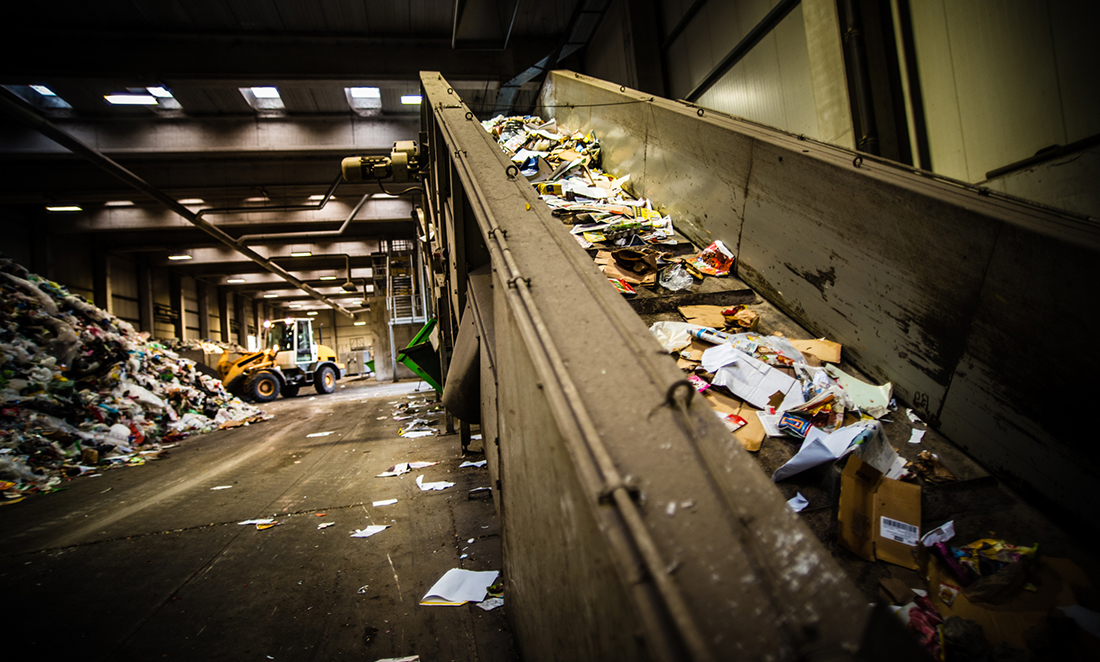Until about a century ago, disposable plastic packaging and single-use plastics didn’t exist. Products were made to last and packaging was generally able to be reused.
It’s a very different story these days. Most of the world is using a linear economy, where products are created from raw materials and used until they’re discarded as waste. This system relies on selling as many products as possible.
A circular economy uses products for as long as possible, then recovers and recycles the materials instead of throwing them away.
Going full circle
Dylan Lamb is a circular economy consultant and co-founder of the WA-based Holonic. They’re on a mission to help businesses, governments, universities and entrepreneurs embrace the circular.
Dylan says the circular economy is based on three principles: design out waste and pollution; keep products and materials in use; and regenerate natural systems.
This model is the opposite of planned obsolescence where products are designed with a short lifespan so you’ll upgrade to the latest model. Our mobile phones are a popular (and highly profitable) example.
So how can switching from a linear to a circular economy help address climate change?
The production of plastics requires fossil fuels and is part of the process of making fuel, so our addiction to plastics is also a key factor in climate change.
BP: Before Plastics
The invention of plastics at the start of the 20th Century was one of the key factors to creating a disposable society.
Plastics and other inventions like the factory assembly line meant products could be made cheaply and packaging thrown away.
This led to rubbish literally piling up and becoming a visible problem. Then a turning, or tipping, point occurred.

Keep America Beautiful
The Keep America Beautiful campaign was launched in the United States in the 1950s. It encouraged people to “properly” dispose of litter rather than throwing it on the ground.
Anti-littering campaigns took off globally, including Keep Australia Beautiful in 1963. But these popular anti-littering campaigns have less ecofriendly origins than you may expect.
Keep America Beautiful was started by Coca Cola and the Dixie Cup Company. It was a way to shift responsibility for disposing of single-use plastics from the manufacturer to the consumer.
An innovative future
The circular economy places that responsibility back on companies. In so doing, large, systematic change is possible.
Companies like Loop are leading the way, partnering with global companies to provide products in reusable packaging.
Dylan sees the circular economy “as a new disruptive way of innovating”.
It’s a chance to correct a series of decisions we made 70 years ago to create a better future for the planet.
And while we’re at it, says Dylan, why not reconsider the way we do everything, including the whole financial system itself?
“If we’re going to redesign the economy, let’s get it right!”









